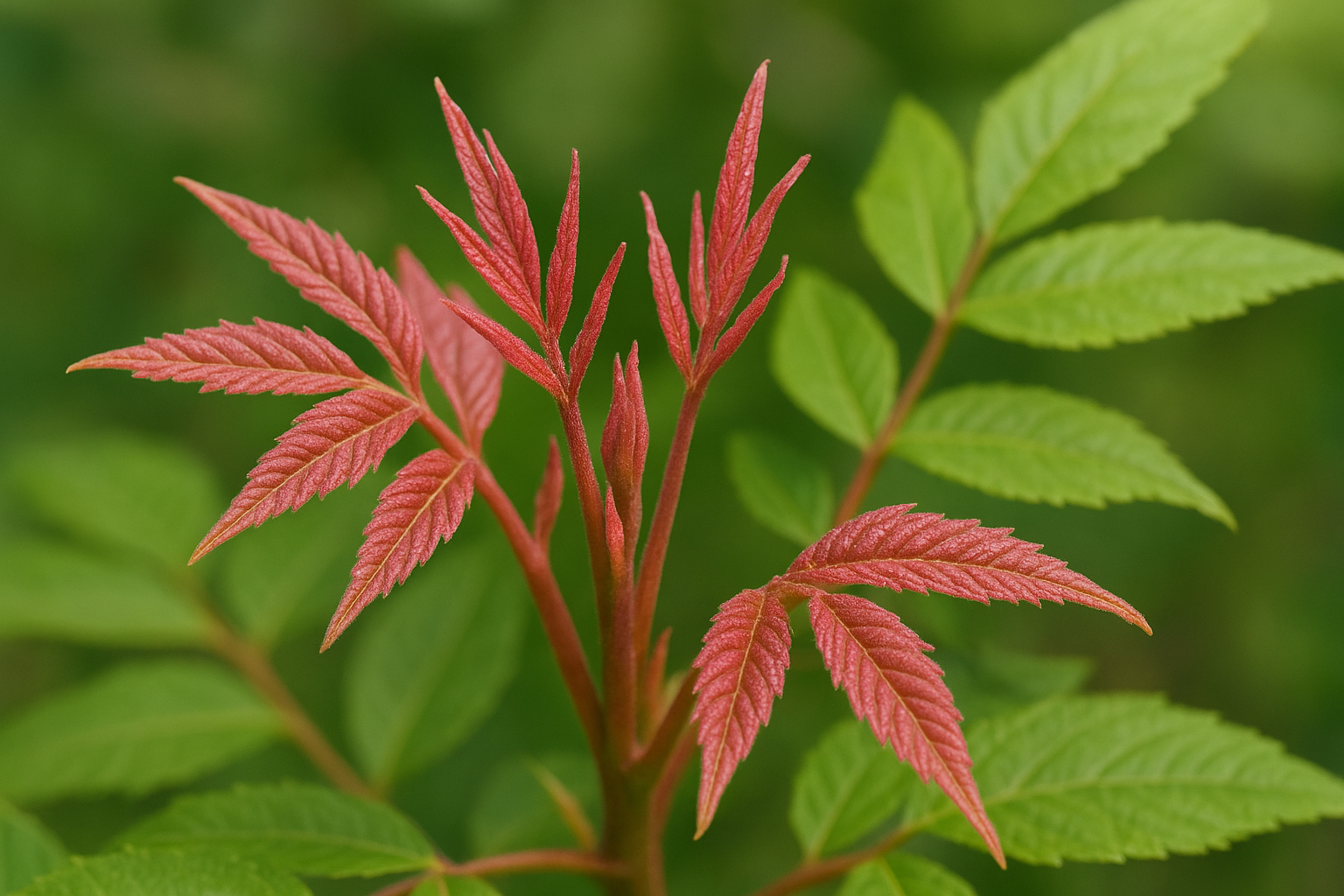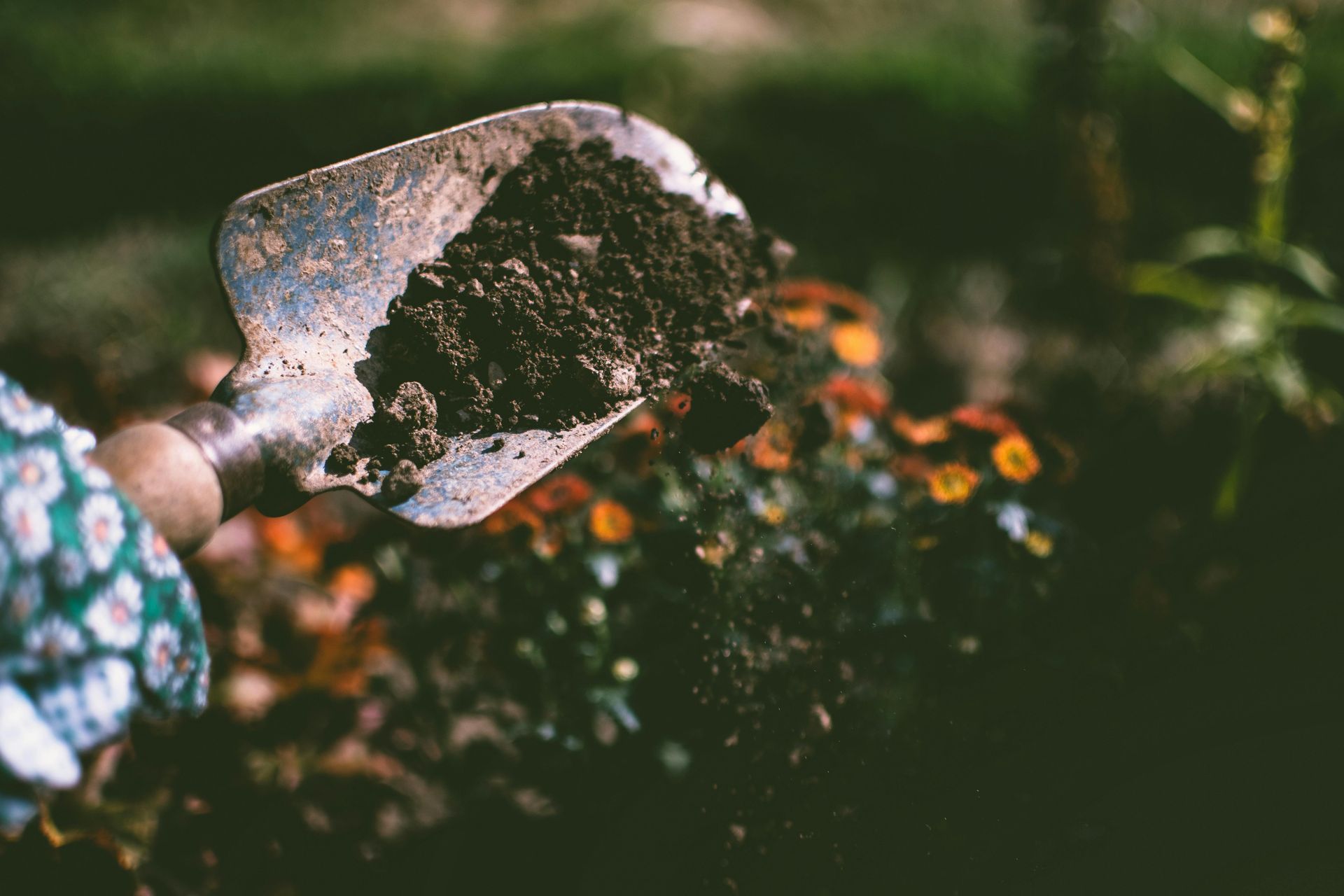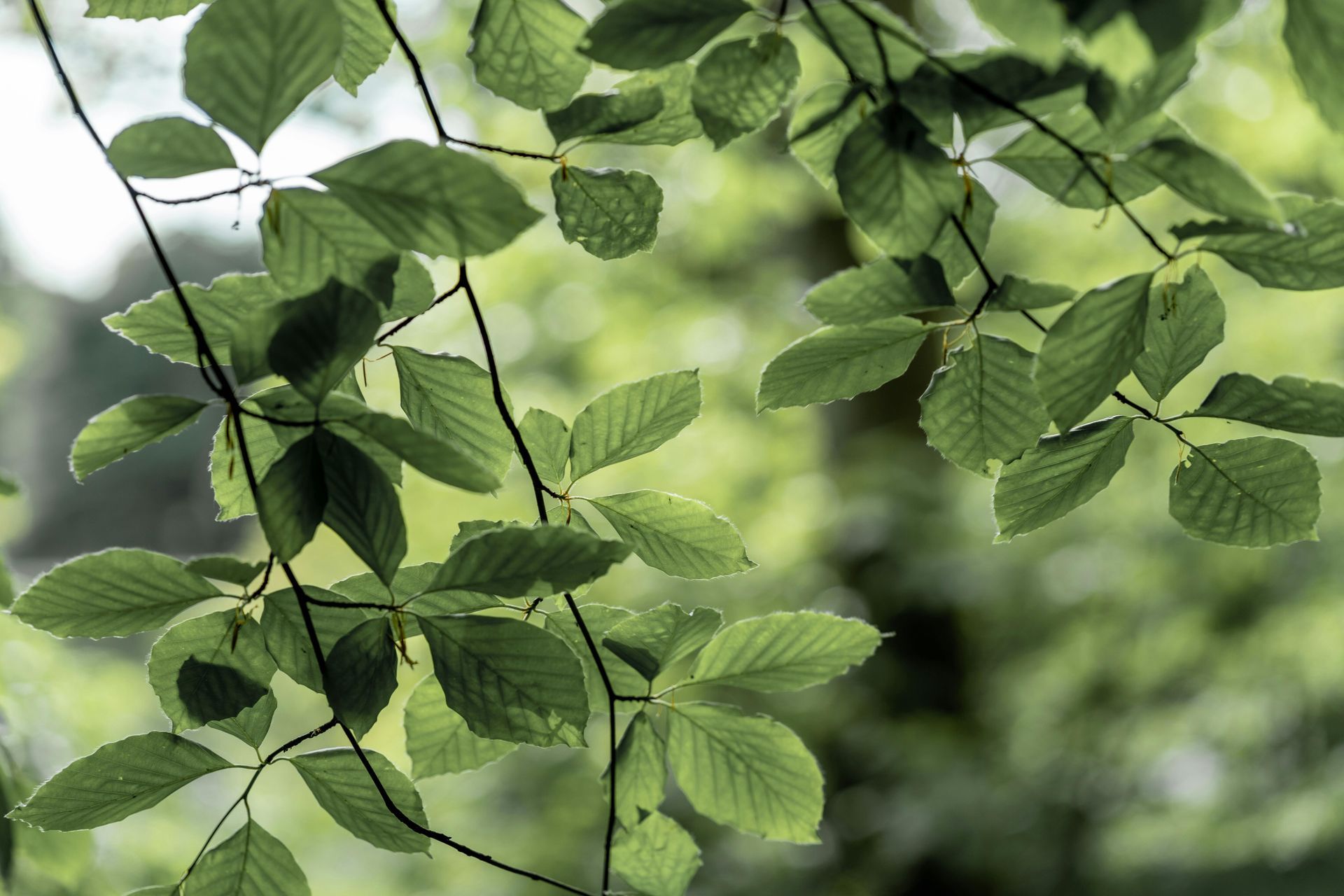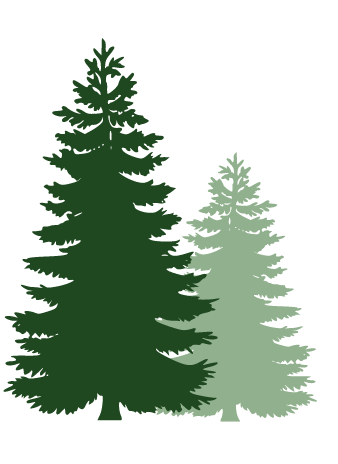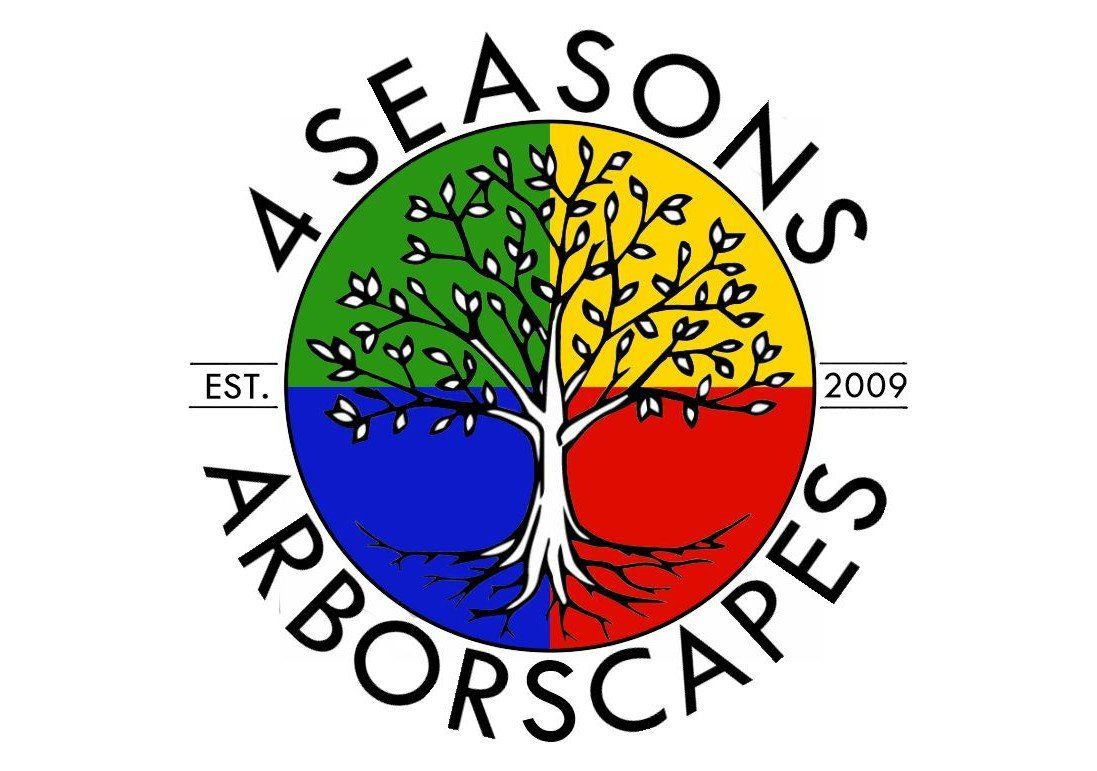Shademaster locust is a thornless black honeylocust cultivar that is commonly grown as a shade tree. It has a vase-shaped, upright, and pyramidal form with small, fern-like, dark green leaves. Its foliage is dense and delicate, casting a dappled shade, lending the tree its common name.
Shademaster locust trees typically grow quite rapidly, which means they can quickly establish themselves and provide shade within a relatively short period. They are also considered to be relatively low maintenance, making them a convenient choice for homeowners and landscapers. It is adaptable to a range of soil types and can tolerate drought once established, making it suitable for various climates. However, it may not be suitable for all environments.
In addition to the benefits listed above, the Shademaster locust has some drawbacks. Black locust trees, including the Shademaster cultivar, have the potential to spread aggressively through root suckering, which may be undesirable in some landscapes. Some specimens may develop thorns, which can be a drawback depending on the desired use of the tree and its proximity to high-traffic areas. While generally hardy, black locust trees can be sensitive to pollution, so they may not thrive in heavily urbanized or industrial areas.





